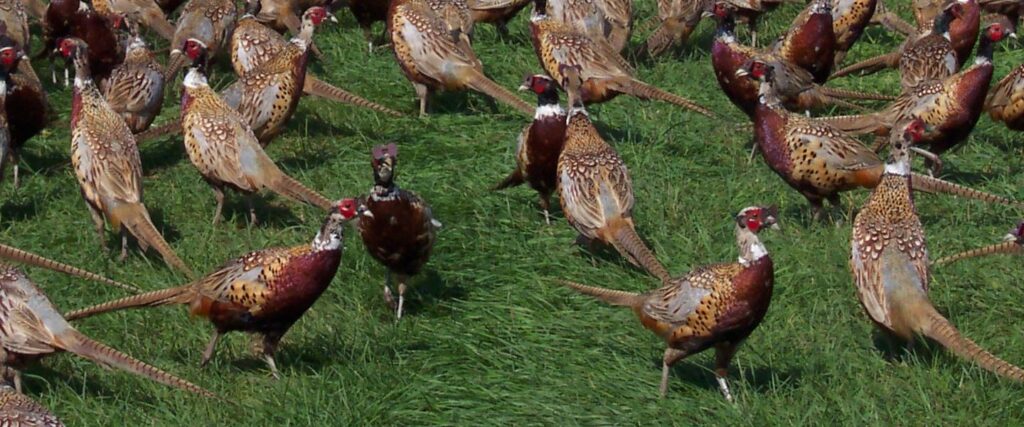The History of MacFarlane Pheasants, Part 3: The Road Not Taken
Editors note: This is Part 3 in a three-part series detailing the rich history of MacFarlane Pheasants, a business that began 86 years ago and has since grown into the largest pheasant farm in North America. Special thanks to the MacFarlane family for providing archived documents and information.
William (Bill) MacFarlane has been leading MacFarlane Pheasants since he was 24 years old. He followed his uncle, Ken MacFarlane, and his dad, Don MacFarlane, into the family business after graduating from the University of Houston in 1979.
Bill was initiated into pheasant farming as an 8-year-old child. One of his uncles, Jim Adamson, along with his dad, put him to work on the various farm chores and taught him about raising pheasants. Bill Uncle Jim had been responsible for the day-to-day operation of the farm for 35 years while Bill’s dad, who had been stricken with polio in 1945, handled the customer service and financials from the office. But, when Bill reached adulthood at 18, he made the decision to leave farming life. The road he traveled would eventually lead him back to MacFarlane Pheasants, but it would involve hard choices and is truly a story of the road not taken.
Bill was the youngest of five children born to Don and Genevieve (Gen) MacFarlane. When Bill was born on March 14, 1955, his sister Marion was 18 years old, his sister Janet was 14, his sister Marj was 12, and his brother, Kenneth, the closest in age, was already 9 years old.
Bill remembers Marion, the oldest of the group, as a second mother. His mother, Gen, was busy raising five children, managing their studies, taking care of their home, and caring for her husband, who was paralyzed from polio. Marion helped fill the void by spending extra time with Bill, who was the youngest child.
But it wasn’t all fun and games for the MacFarlane kids. All of the children worked on the farm after school, on weekends, and on full days in the summer. At 14, Bill was working on the farm every day, and on the weekends, Gen would give him an additional list of household chores to complete.
The MacFarlane children definitely knew hard physical labor, but the family expectations did not stop there. Straight As were expected, so after work, it was time to study. During high school, Bill struck a deal with his mom that if he got straight As on the next report card, she would stop checking his homework every day. He achieved the goal and Gen kept her side of the bargain. The discipline of hard work and high expectations would serve the MacFarlane children well, all of whom would go on to college and earn degrees.
Bill’s dad taught him to play chess, answer the phone, and use a calculator—all skills he still uses today, says Bill, and he remembers those times with his father fondly. Bill’s parents were also active in their church and taught their children the joy of volunteering, and being active in their community.
In 1973, Bill left for Grinnell College in Iowa. He spent two years at Grinnell, only going home for major holidays, a tactic not meant to avoid family life but to escape working on the farm for a while. After completing two years at Grinnell College, Bill loaded up his pickup truck and headed for Houston, Texas, where his brother, Kenneth, was working.
At 20 years old, Bill had two years of college, 12 years of experience on a pheasant farm, long hair, and shabby clothes. When he went to a temp agency looking for work, he was told to go to Goodwill and find some decent clothes and get a haircut. The advice earned him a job at Reading and Bates Drilling Company, working on the 32nd floor of a huge building.
Bill’s job was to tackle a room filled with stacks of disorganized blueprints that needed to be organized onto a computer for the engineers who worked there. Two previous hires had left in frustration, unable to do the job. Bill spent his first six months in a windowless office coding and indexing blueprints. But farming life had taught him how to persevere, and Bill powered through the job. Along the way, his boss mentioned that the company had a tuition reimbursement program.
Bill began taking night classes at the University of Houston and continued to work at Reading and Bates for another six months. When his job assignment was complete, his boss came to him and said, “What are you doing here? You need to be in college, Bill.” Bill took his advice and left Reading and Bates to complete his degree at the University of Houston.
After disappointing his parents by leaving college after his first two years, Bill realized he would need to pay for the last leg of his college journey himself. He found work for UPS at a distribution center and worked at Peyton Place Antiques on weekends for the next two years while he completed a degree in Economics. He was planning to go to law school following graduation and was finally feeling that he had a plan for the future, but a much different path would soon materialize.
Bill’s father, Don, now 75 years old and having suffered a stroke, wasn’t sure how long he could continue in the pheasant farming business. During the end of his last year in college, Don had begun encouraging Bill to come home and take over the farm, but Bill wanted his law degree and didn’t want to give up his dreams to go back to the pheasant business. Two small, but pivotal events would change his mind: While reading the Houston newspaper one morning, as he did each morning, Bill read an article comparing different jobs and life satisfaction. Law was low on the satisfaction measure and farming was near the top. Bill had also just received a letter from Paul Ryan senior, a Janesville lawyer his dad had contacted, offering a small piece of the farm if he came home to help. Knowing his dad wasn’t well enough to continue running the farm, Bill made a life-changing decision. In August 1979 he returned to Janesville to work at MacFarlane Pheasants.
Bill’s decision to come back to the farm had been difficult, but he did not look back. His dad needed him and wanted his beloved farm to stay in the family. Bill charged forward fueled by his dad’s faith in him, but he also came home with the over-confidence of a college graduate who had lived in a big city and earned his own way. His uncle, Jim, who was now 65 years old, had been in charge of farm operations for 35 years. The change in leadership was not easy for him and he made the decision within a few months to retire and move with his wife, Dot, to Colorado. The family, to this day, gives tremendous credit to Jim and his family for their contribution to the success of MacFarlane Pheasants.
After Don MacFarlane passed away in 1985, Bill (age 29) continued to work the farm and run the business with the passion and hard work that had been a MacFarlane tradition for 56 years. Ownership was shared with Bill’s four siblings in the years following Don’s passing and proceeds were also used to care for their mother Gen until she passed away 17 years after their father.
Bill found many ways to expand the business, including developing cross-breeds with pheasants from China. During the 1970s, Don had shipped some white pheasants and some jumbo Ringneck pheasants that had been raised for meat to a Texas A&M research program. The birds were propagated at the University until mid-1980. At that time Bill received a phone from A&M stating that they were disbanding the research and wondering if he wanted the pheasants that were left. Bill brought them back to the farm and released them from cages into pens. This type of pheasant was in demand because they grow fast and eat less than other types. These Jumbo white pheasants were the seed stock from which MacFarlane’s current meat pheasants were derived.
In 1986 Bill went to hear a biologist from Michigan State talk about some pheasants the Michigan DNR had imported from China from an area with the same climate as the Midwest. When asked about procuring these pheasants, the speaker told Bill it would be impossible for him to make the same kind of contacts, since he was “just a farmer.”
It took three years of planning and the assistance of the Wisconsin Department of Agriculture, but in 1989, Bill was able to import a shipment of Ringneck pheasant eggs from China. The eggs were collected near Changchun City, in the Jilin Province in northeast China, just north of Korea. The latitude where the eggs were collected is 45 degrees north of the equator, the same latitude as the northern states of the United States. After another shipment arrived in 1990, the Manchurian pheasants were cross-bred with MacFarlane’s own Ringneck hens. Over the next 25 years, millions of Manchurian Cross pheasants were hatched and sold. The Manchurian Cross Ringneck continues to be a tremendously popular breed.
MacFarlane pheasants continued to expand:
- A new hatchery was added in 1987
- In 1988, another farm was purchased that would become the main hub for breeding chicks
- In the late 80s, MacFarlane Pheasants entered the pheasant-dressing business.
- In 1994 a state-of-the-art hen barn was built to enable the farm to focus on improving the white bird genetics and producing fresh-dressed pheasants year-round.
- A cutting-and-packing facility was added in 2000.
- In 2004 another location was purchased to provide a place to grow pheasants that allowed greater access for the birds in and out of doors.
These improvements led to the sale of pheasant chicks and full-grown pheasants all over the United States, Europe, and Canada; over a million chicks are shipped all over the world each year. Last year the farm-raised 36,000 French Partridges, and mature birds are supplied all over North America for sportsmen.
Though pheasant products were always inspected by the state, in August 2015 all pheasant meat products at MacFarlane Pheasants became USDA certified. This means that the processing plant and the farm are inspected daily. Having USDA certification allows dressed pheasant to be sold around the world, as many countries require it. Local high-end restaurants like Graft Restaurant in Madison and Whole Foods Markets are also selling dressed pheasants from MacFarlane. This thriving business also has an online and brick-and-mortar store selling dressed pheasant, other game meats, and specialty items.
Bill has also continued the MacFarlane tradition of community involvement, saying it gives him perspective. Bill chaperoned several mission trips supporting a local church, is involved with Meals on Wheels and ECHO, a local organization focused on empowering people who need temporary financial support. He contributes to the YWCA, The Rock County Historical Society Community Action is a long-time contributor to United Way. Bill also volunteered at Jackson Elementary for 10 years, spending the last 7 of those years in Doris’s classroom providing enrichment in Math. He is currently serving on the Rock County Youth Network Board. MacFarlane Pheasants received the Rock County Soil and Conservation Award for land preservation for their no-till approach to land management. They were also recognized in 2005 as a Wisconsin Family Business of the Year and as one of the Top 5000 fastest-growing private businesses in America in 2007.
Along with being able to maintain the tradition of the family farm, Bill’s wife, Dori, their children, and their grandchildren make his life complete. Their family includes Bill’s daughter, Dana (Zac), and their children, Nyla and Remmie, Doris’ children, Maria (Liz), Emma (Jared), Micah, Sarah, and her daughter Zella. Bill recognizes God, his family, and his community as the glue that holds his world together and is grateful that the pheasant business he grew to love has provided him the means to work, serve his community, and spend time with his family.
Related Posts
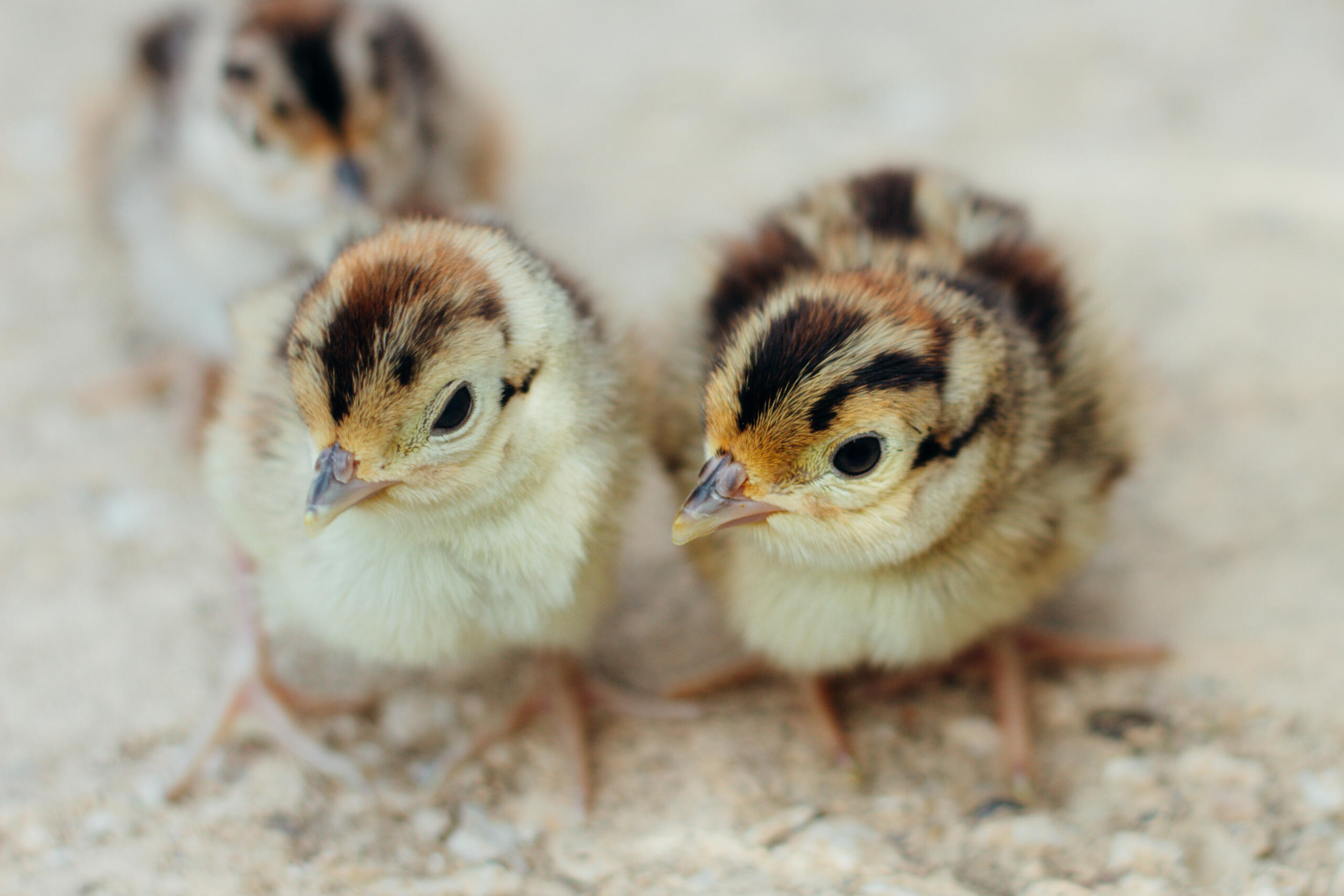
A Comparison of Hatch Data Between Two Different Genetic Types of Pheasants
Read Post
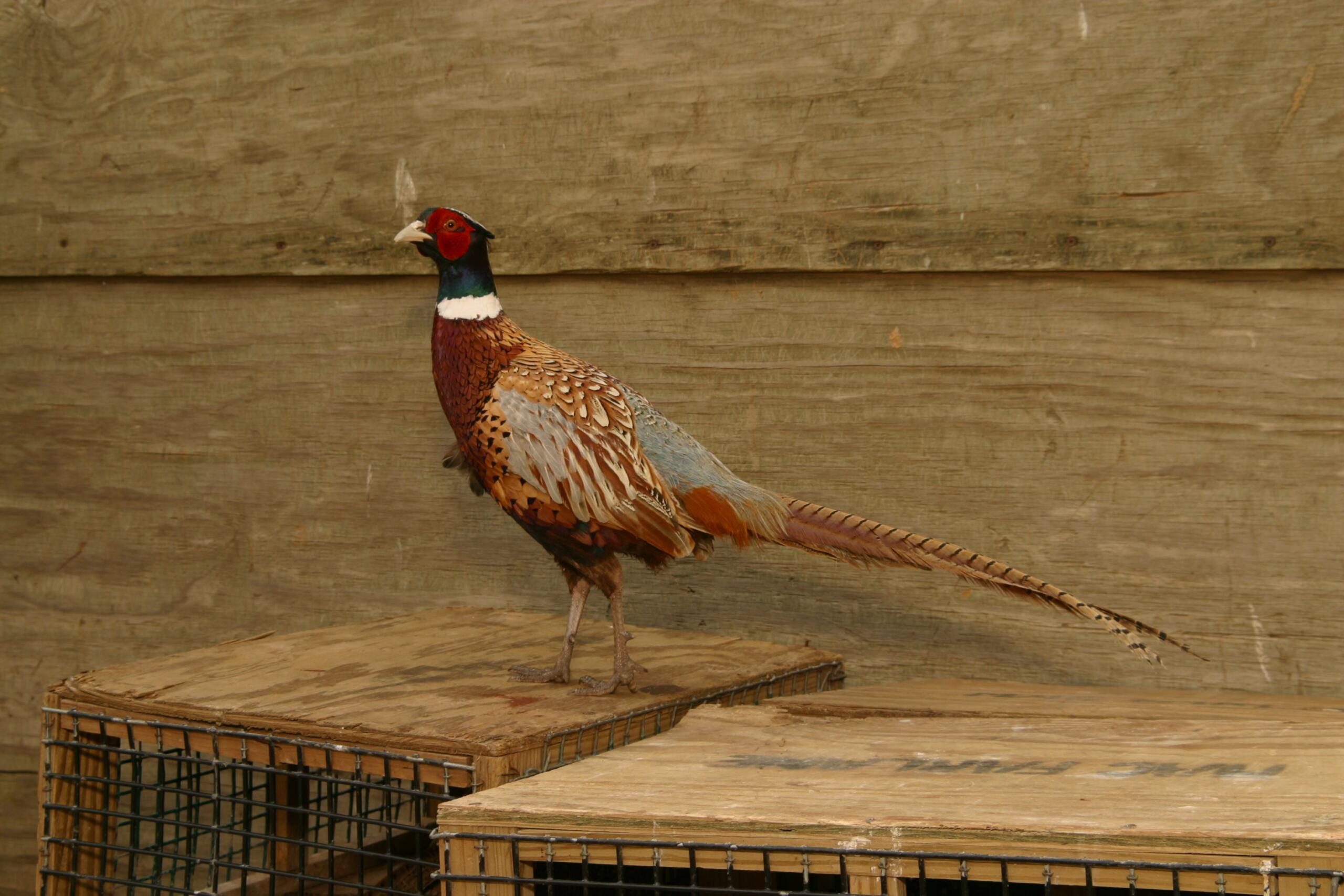
With Stocks Down, the Pheasant Is Often Taken ‘Private,’ but Purists Don’t Like It
Read Post
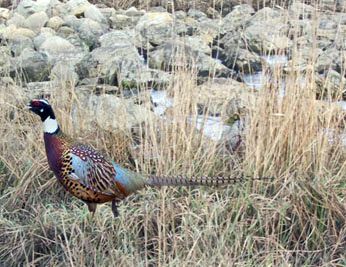
Back to the Past – Manchurian Project – Part 2
Read Post
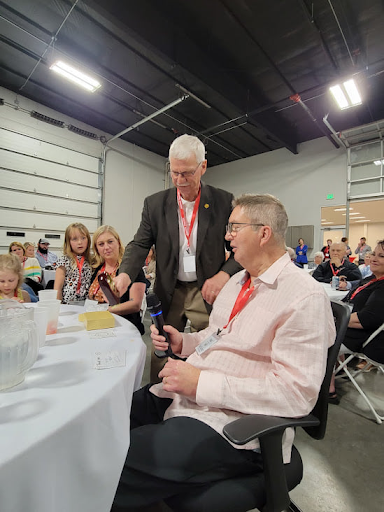
Celebrating Bill MacFarlane!
Read Post
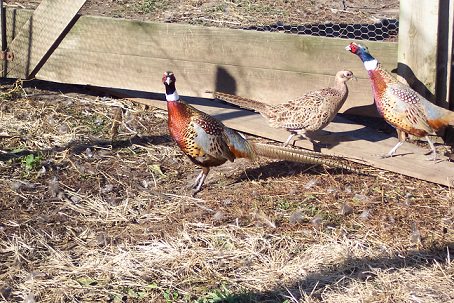
Coming to America: The Pheasant’s History in the United States
Read Post
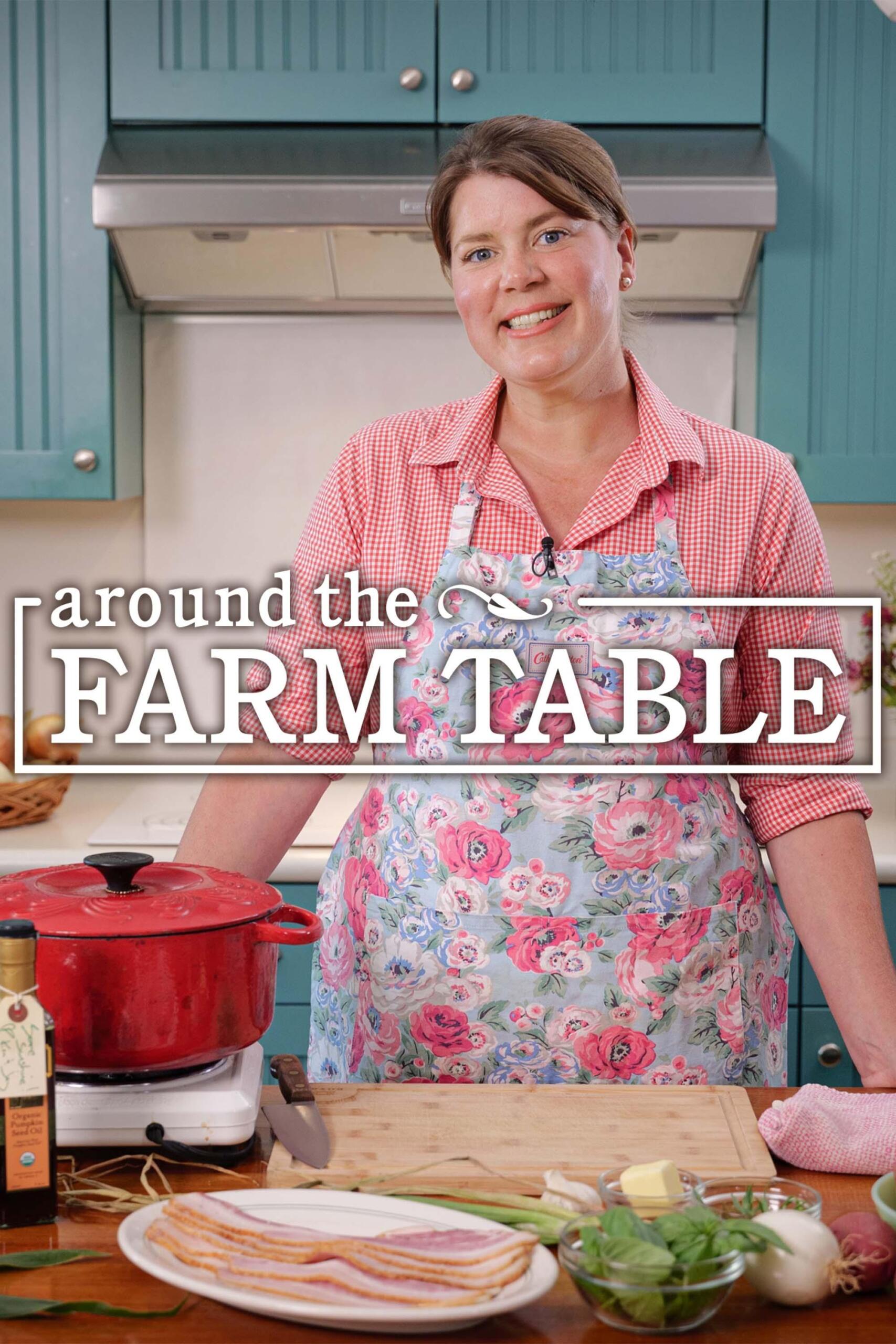
MacFarlane Pheasants Featured on Public Television
Read Post
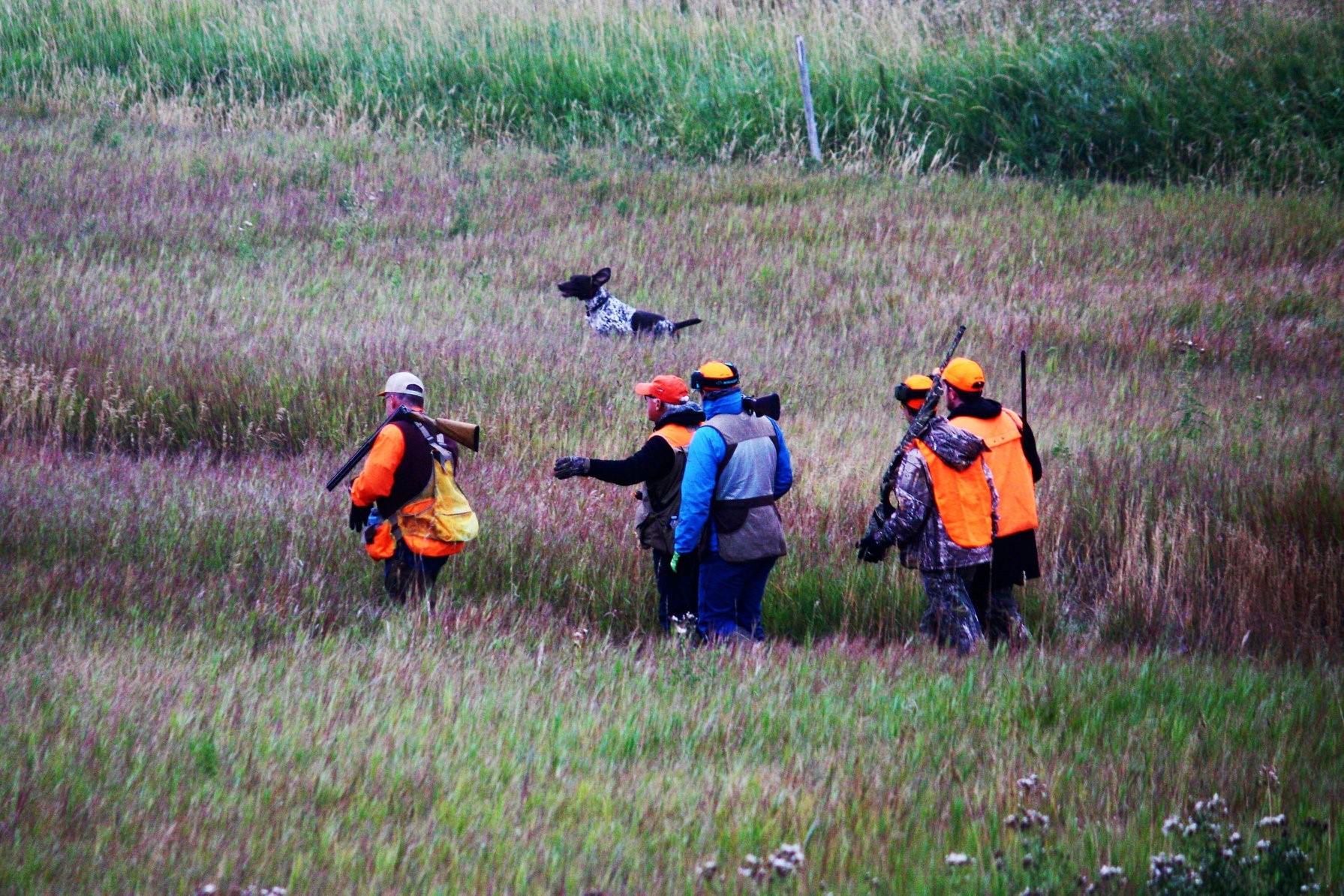
MacFarlane Pheasants Donates Pheasants
Read Post
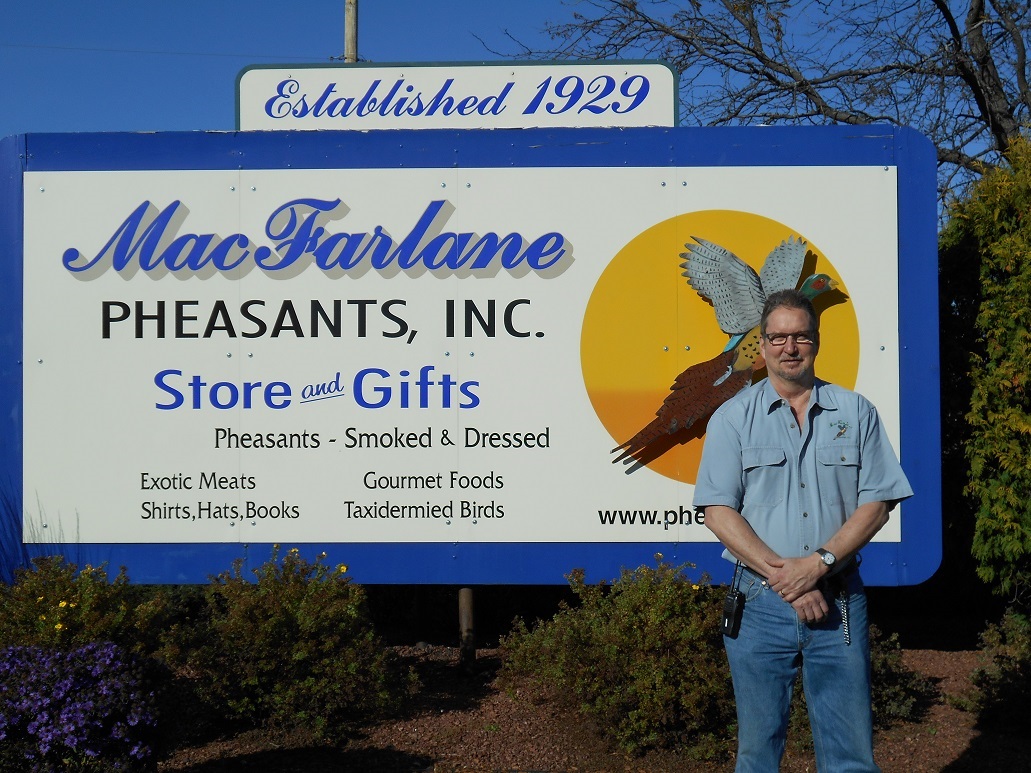
The History of MacFarlane Pheasants, Part 1: The Making of the Farm
Read Post
Take Advantage of These Free Resources
As the biggest game bird farm in the United States, we want to share our experience with you. Download our free resources below and get started.

